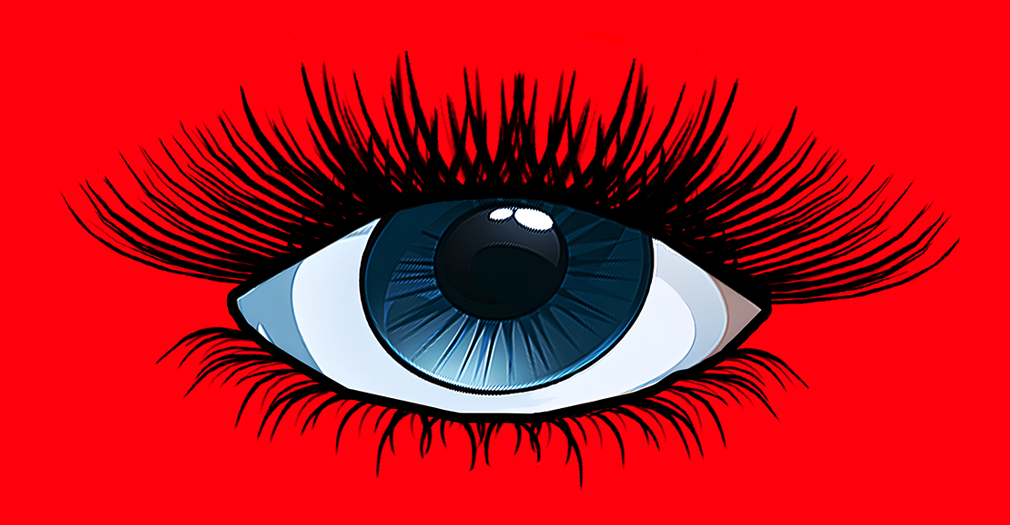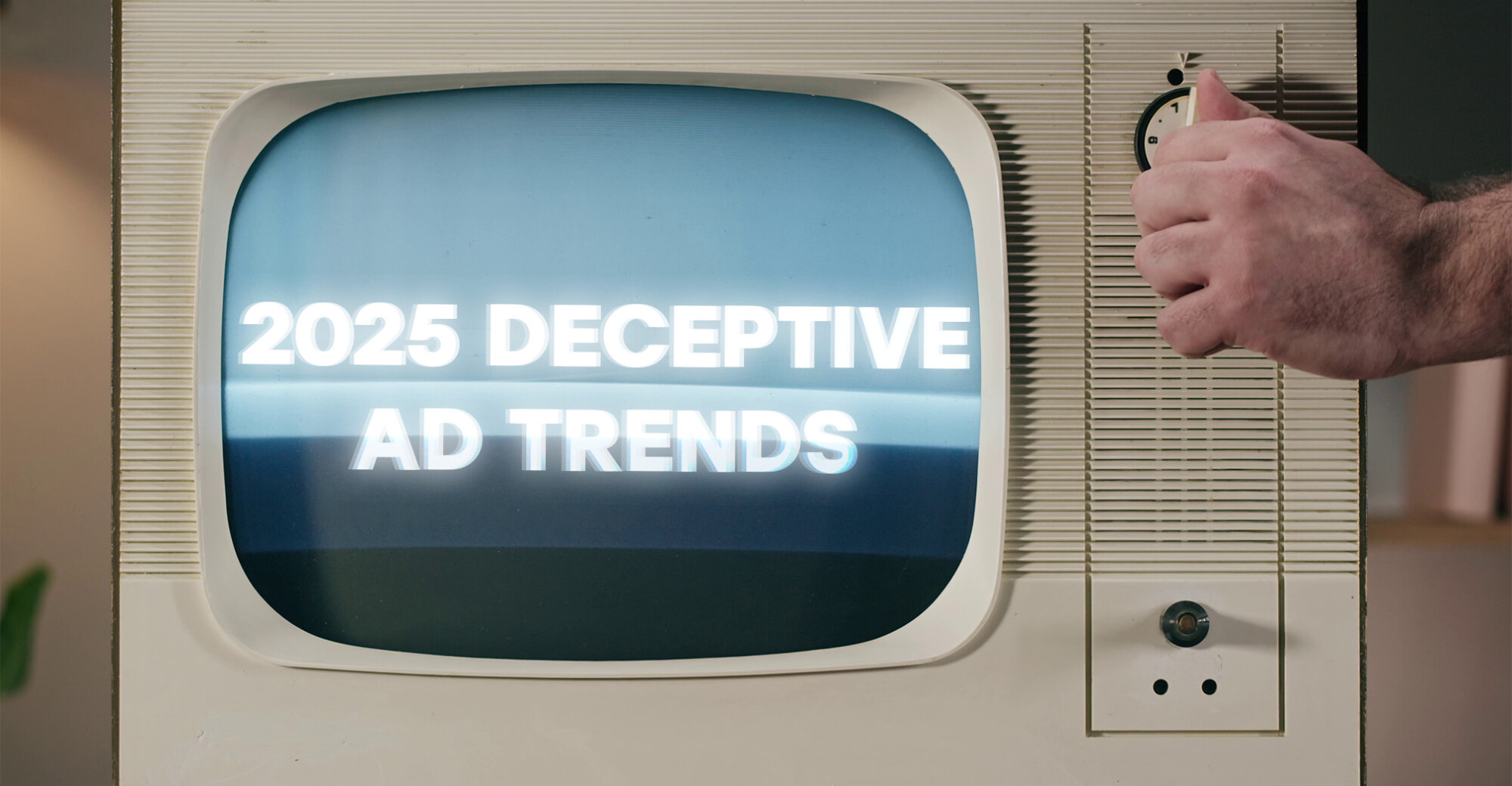
Best Reader Tips of 2025
Consumer complaints worth remembering.
Common ingredient raises potential health risks not always clearly disclosed in the marketing.
With endorsements from celebrities like Brooke Shields and Sydney Sweeney, eyelash serums have become extremely popular in recent years, and have blown up on social media. In 2020, the global eyelash serum market was valued at more than $750 million. By 2031, it’s projected to reach $1.3 billion.
However, if you’re in pursuit of longer, thicker, Hollywood-worthy eyelashes, you may want to take note of some not-so-glamorous side effects that have been associated with a common ingredient in these serums – side effects that are not always clearly disclosed in the marketing.
The ingredient, isopropyl cloprostenate, is part of a group of synthetic compounds called prostaglandin analogs, or PGAs. PGAs were initially primarily used to treat glaucoma. But after some patients started developing fuller, darker eyelashes, PGAs were repurposed as the main ingredients in eyelash serums.
However, PGAs have also been linked to a number of potentially negative side effects including eye redness and itchiness, iris discoloration, the appearance of droopy eyelids and periorbital volume loss, which one doctor described as the “melting” of fat around the eyes.
A TINA.org review found that these and other potential health risks are not always disclosed in the marketing of isopropyl cloprostenate-containing eyelash serums and when they are, the disclosures can be easy to miss. A sampling follows.
This language appears to stem from a $38 million settlement in which Rodan & Fields agreed to make certain changes to its website to resolve lawsuits alleging it failed to disclose information about the potential side effects of isopropyl cloprostenate.
TINA.org reached out to the four companies for comment. The lone response we received came from Babe Original, which said:
Our product has undergone rigorous third-party testing to confirm its safety. Rest assured, we have not received any verified reports of Babe Original causing [the] side effects [cited by TINA.org].
The company said “appropriate warnings” are “visible to consumers on our website and packaging.”
The bottom line
Only one eyelash serum (which contains a different PGA called bimatoprost) has been approved by the FDA, meaning the agency has evaluated the product’s safety and effectiveness. The others are over-the-counter products that lack FDA approval. That doesn’t necessarily mean they don’t work or are more dangerous – but it does mean they haven’t been vetted by the agency. (It also doesn’t mean the product approved by the FDA – Latisse – is without potential side effects – it’s not.)
In the end, when choosing to use an eyelash serum, it’s up to consumers to decide whether the advertised benefits outweigh the potential risks.
Find more of our coverage on cosmetics here.
Consumer complaints worth remembering.
A closer look at what we’ll be monitoring in the new year.
How the supplement industry is taking advantage of women and what TINA.org is doing to fight it.


